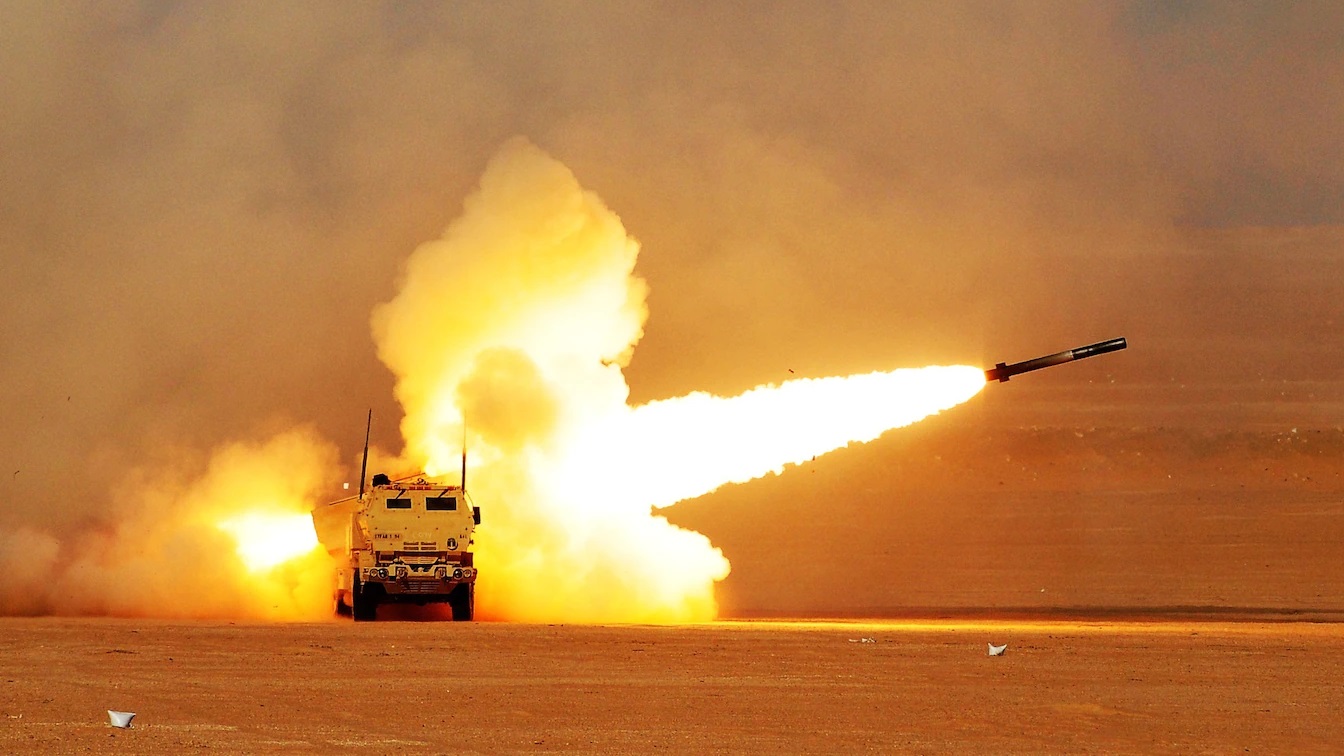The war in Ukraine has been going on for more than nine months, but the situation on the ground doesn’t suggest that the end is near.
On the 281st day of the conflict, the Ukrainian military is on the strategic offensive while the Russian forces are wasting troops and resources on senseless attacks in the Donbas.
The Russian Casualties in Ukraine: The Update
The Russian military is suffering hefty casualties every day, averaging more than 500 troops killed on a daily basis.
Evidently, the partial mobilization that Russian President Vladimir Putin ordered in September has given Russian commanders on the ground ample cannon fodder.
Overall, the Ukrainian Ministry of Defense claimed that as of Friday, Ukrainian forces have killed approximately 90,090 Russian troops (and wounded approximately twice to thrice that number), destroyed 280 fighter, attack, bomber, and transport jets, 262 attack and transport helicopters, 2,916 tanks, 1,905 artillery pieces, 5,883 armored personnel carriers and infantry fighting vehicles, 395 Multiple Launch Rocket Systems (MLRS), 16 boats and cutters, 4,464 vehicles and fuel tanks, 210 anti-aircraft batteries, 1,564 tactical unmanned aerial systems, 163 special equipment platforms, such as bridging vehicles, and four mobile Iskander ballistic missile systems, and 531 cruise missiles shot down by the Ukrainian air defenses.
More Targets For the Ukrainians
In November, the Ukrainian forces liberated the western bank and the capital of Kherson province after a counteroffensive campaign that began in the early months of the summer.
In the end, the Ukrainian forces didn’t have to fight street to street to capture the capital Kherson City because the Russians withdrew under the extreme pressure of the Ukrainian long-range fires.
For its long-range interdiction campaign, the Ukrainian military mainly uses the M142 High Mobility Artillery Rocket System (HIMARS), M270 Multiple Launch Rocket System (MLRS)—both firing the Guided Multiple Launch Rocket System—and the M777 155mm Howitzer with M982 Excalibur long-range precision-guided munitions.
The Ukrainian long-range interdiction campaign systematically targeted, disrupted, degraded, and destroyed anything of major military significance within range, including logistical nodes, command and control posts, air defense, electronic warfare hubs, ammunition dumps, lines of communication, railways, bridges, and troop concentrations.
Now that the Ukrainian forces have advanced closer to the eastern bank, a new whole new set of targets is within range. The Russian military has reacted to the apparent threat by relocating its logistical functions further to the east and south.
However, that means that frontline Russian units are starved of timely supplies, which have to be ferried to the frontlines with trucks at night. To make matters worse for the Russians, once those supplies get within range of the Ukrainian long-range fires, they could be targeted.
“Russian logistics units will need to conduct extra labour-intensive loading and unloading from rail to road transport. Road moves will subsequently still be vulnerable to Ukrainian artillery as they move on to supply Russian forward defensive positions,” the British Military Intelligence assessed in its latest estimate of the war.
“Russia’s shortage of munitions (exacerbated by these logistics challenges) is likely one of the main factors currently limiting Russia’s potential to restart effective, large scale offensive ground operations,” the British Military Intelligence added.
Expert Biography: A 19FortyFive Defense and National Security Columnist, Stavros Atlamazoglou is a seasoned defense journalist specializing in special operations, a Hellenic Army veteran (national service with the 575th Marine Battalion and Army HQ), and a Johns Hopkins University graduate. His work has been featured in Business Insider, Sandboxx, and SOFREP.

